We re-visit my beloved Anglesey each year in early September. This year, as a special treat to mark my 60th birthday, we also booked a visit in early April. I couldn’t have hoped for a better holiday: there were few other visitors about; the weather was all-day sunshine for the entire week; and there were springtime seasonal thrills we don’t get to encounter during our autumnal visits.
My other major birthday treat was a fancy new camera and ridiculously cumbersome but powerful lens. My old camera was fantastic, but camera technology has moved on apace since I bought it 15 years ago. I only had one day to try (and fail) to get my head round the new camera’s myriad features and settings before we set off for Anglesey, so was more than a little apprehensive I might end up taking some pretty inept photos. In the event, I did struggle a bit, but was delighted with the results:
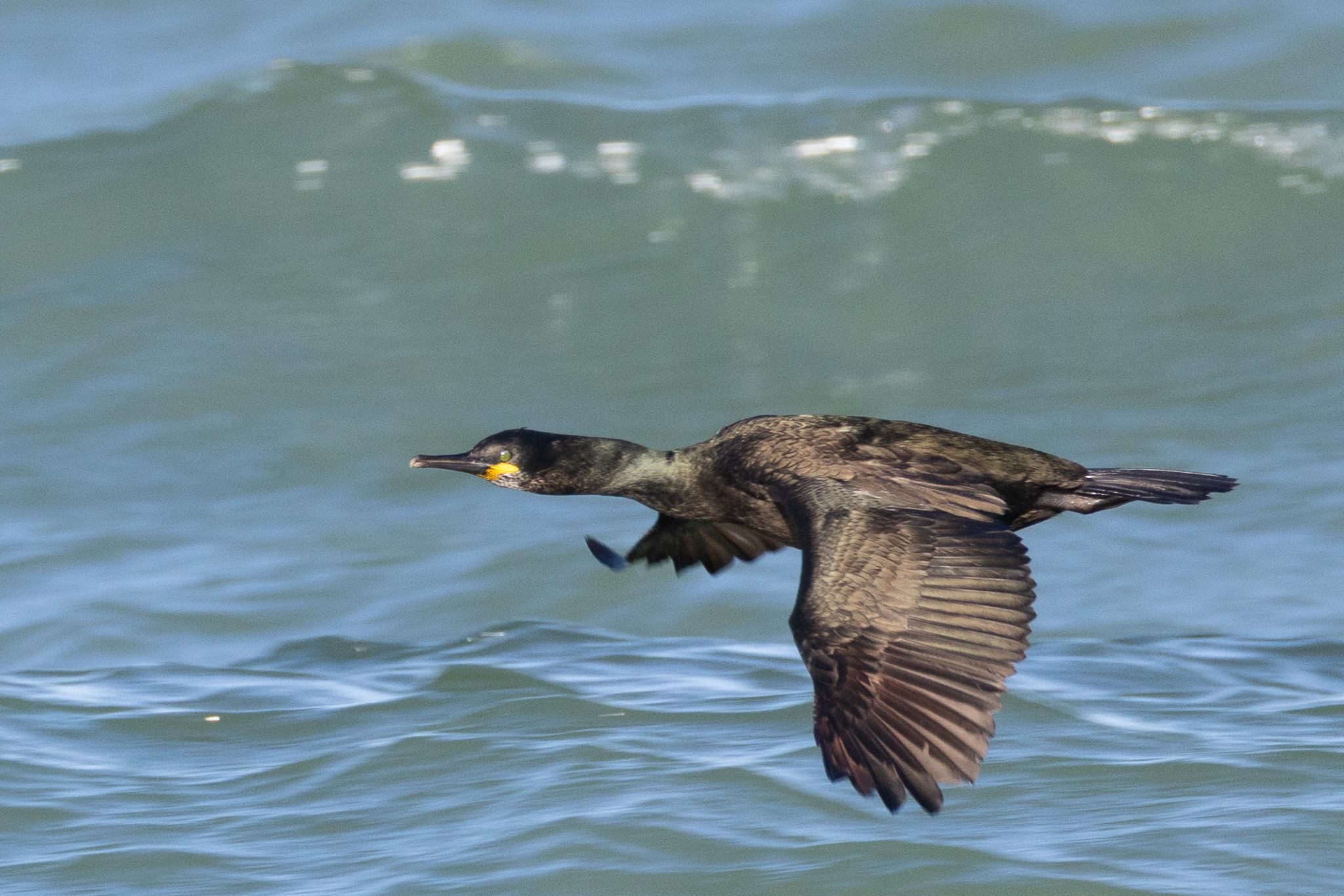
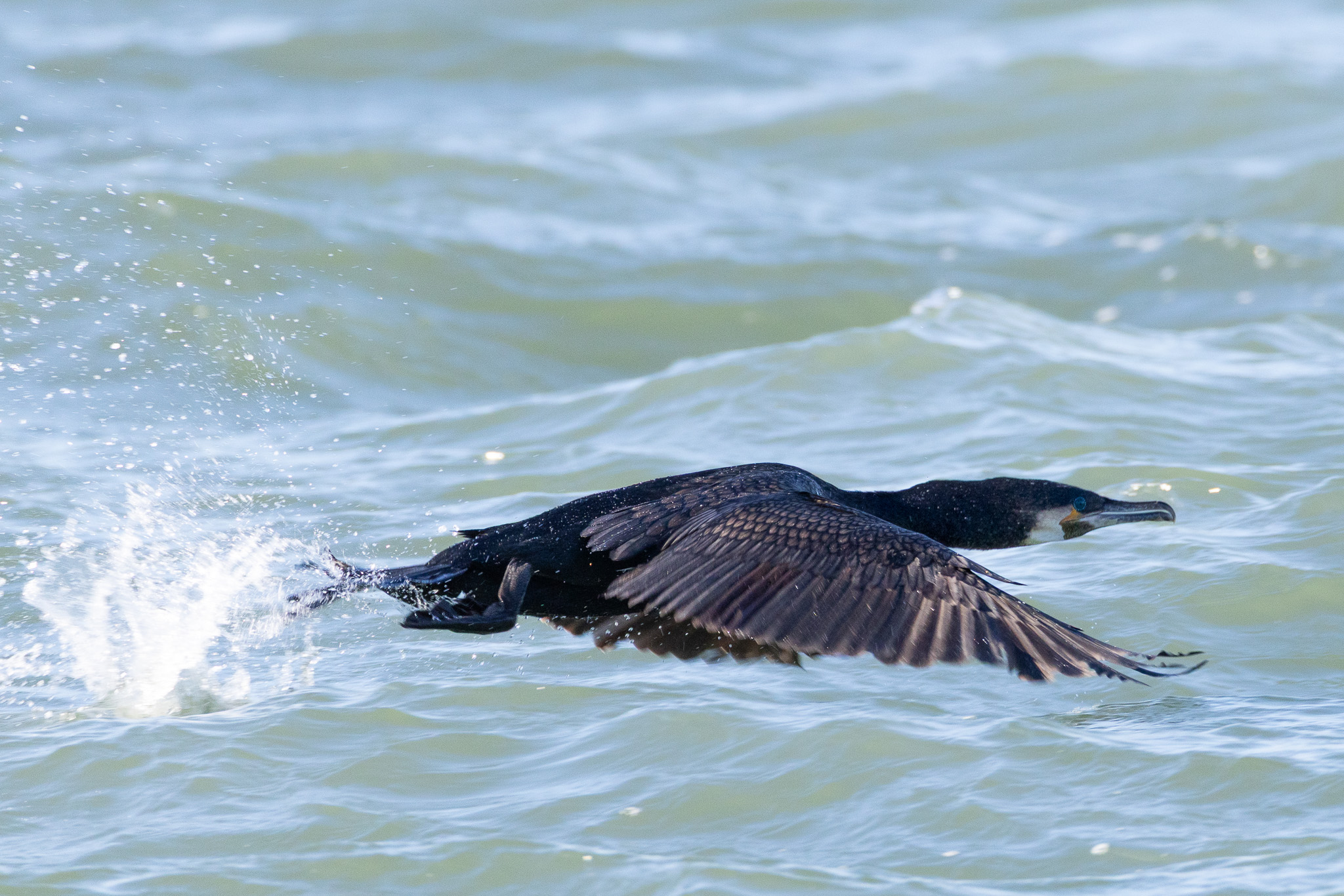
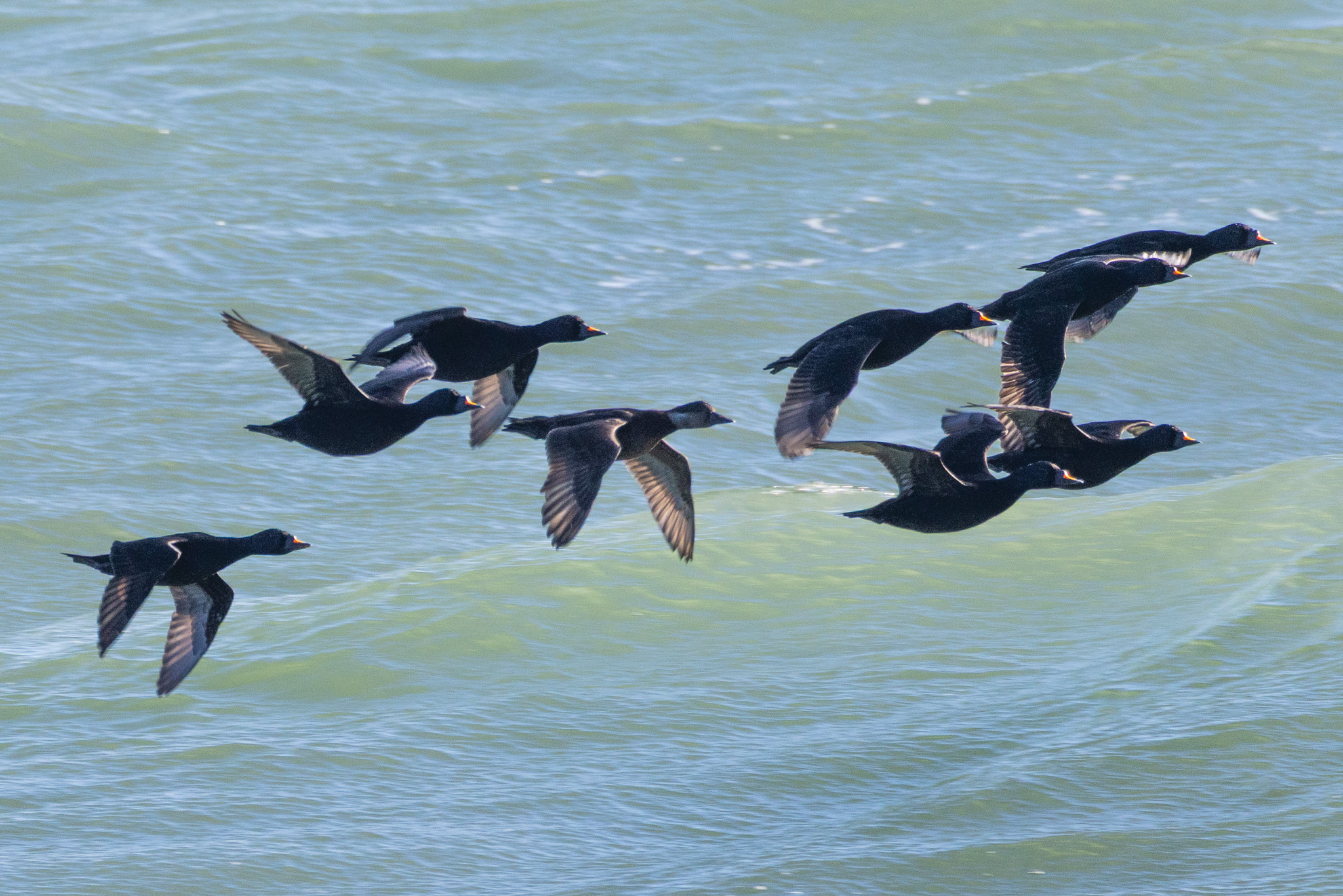
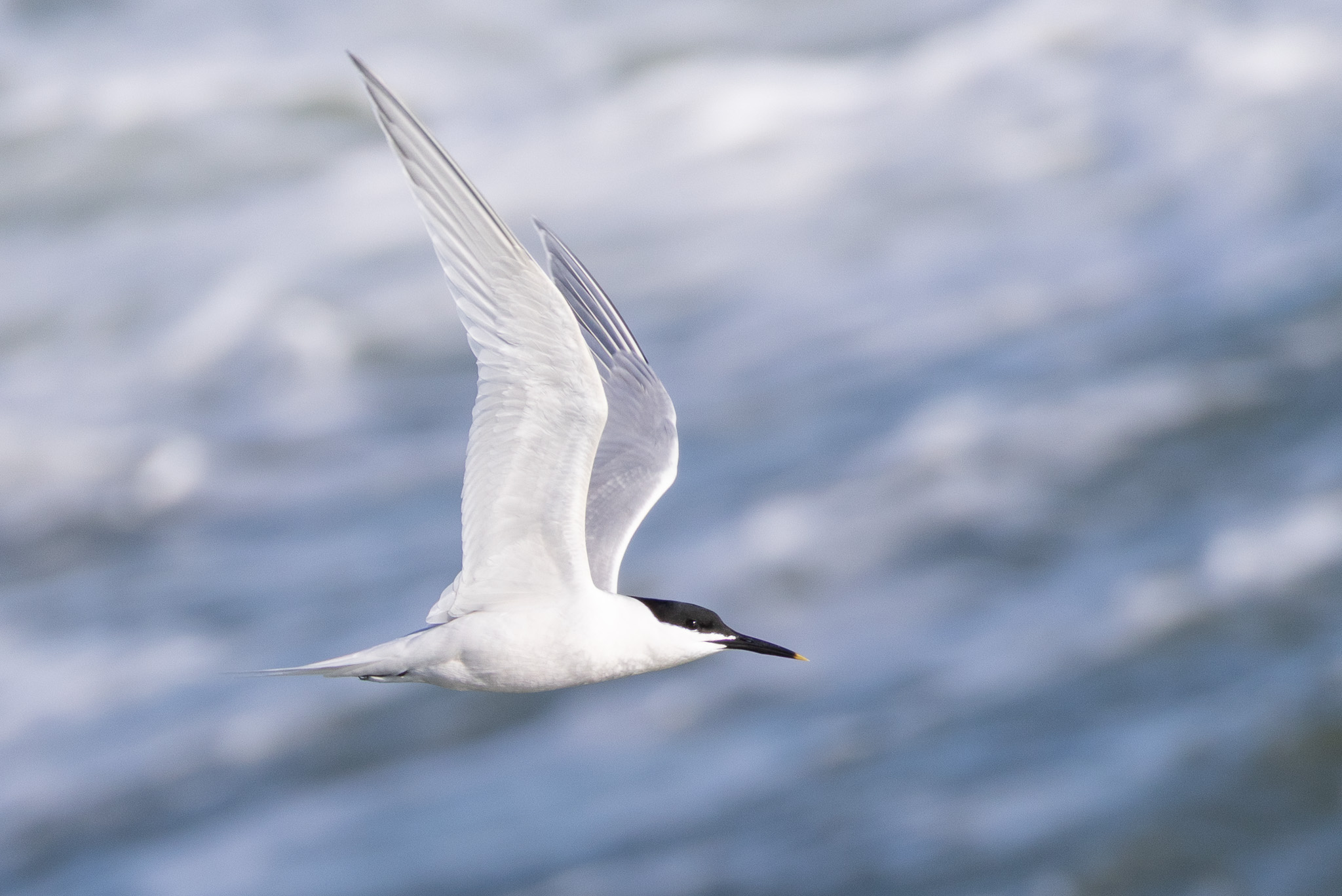
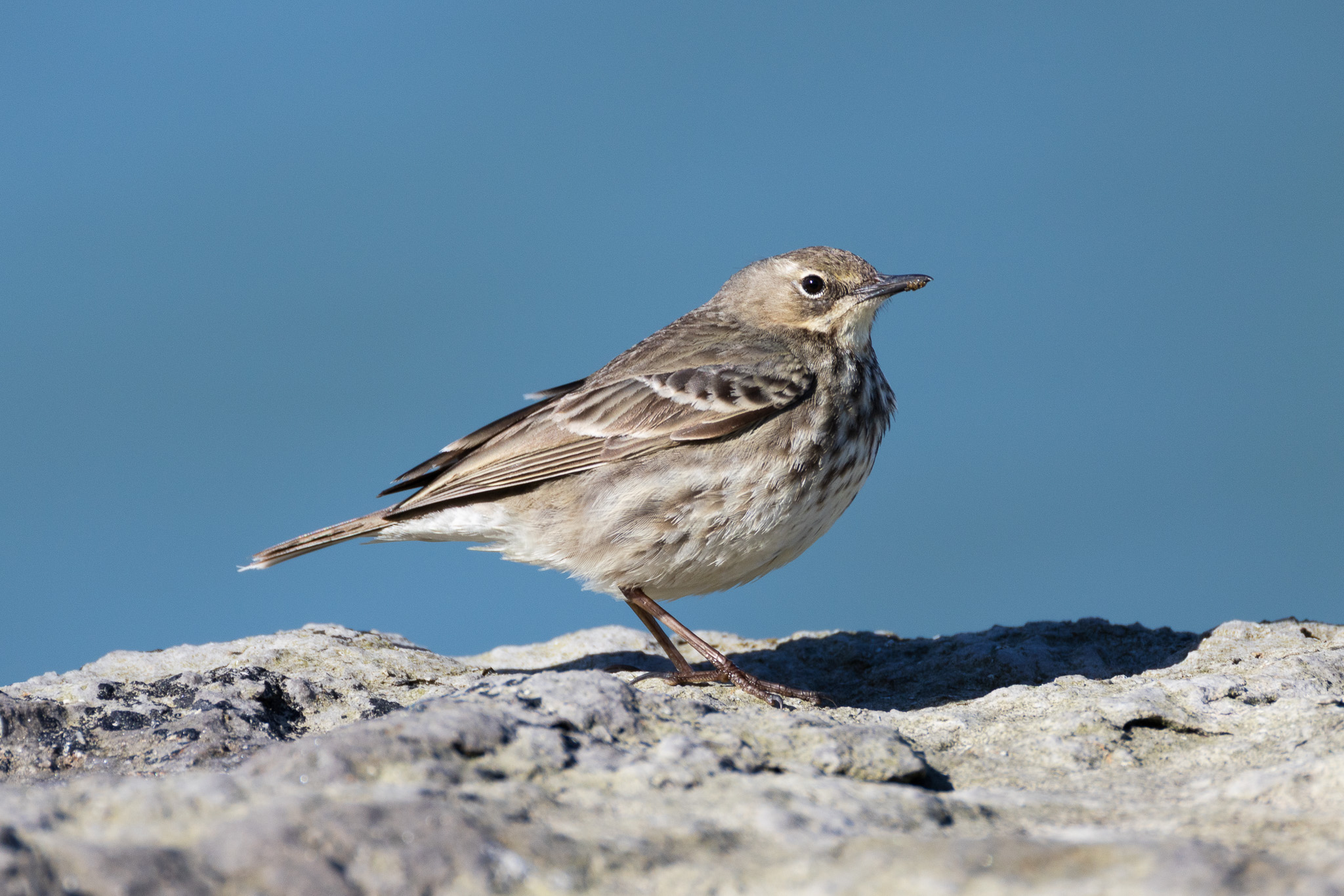
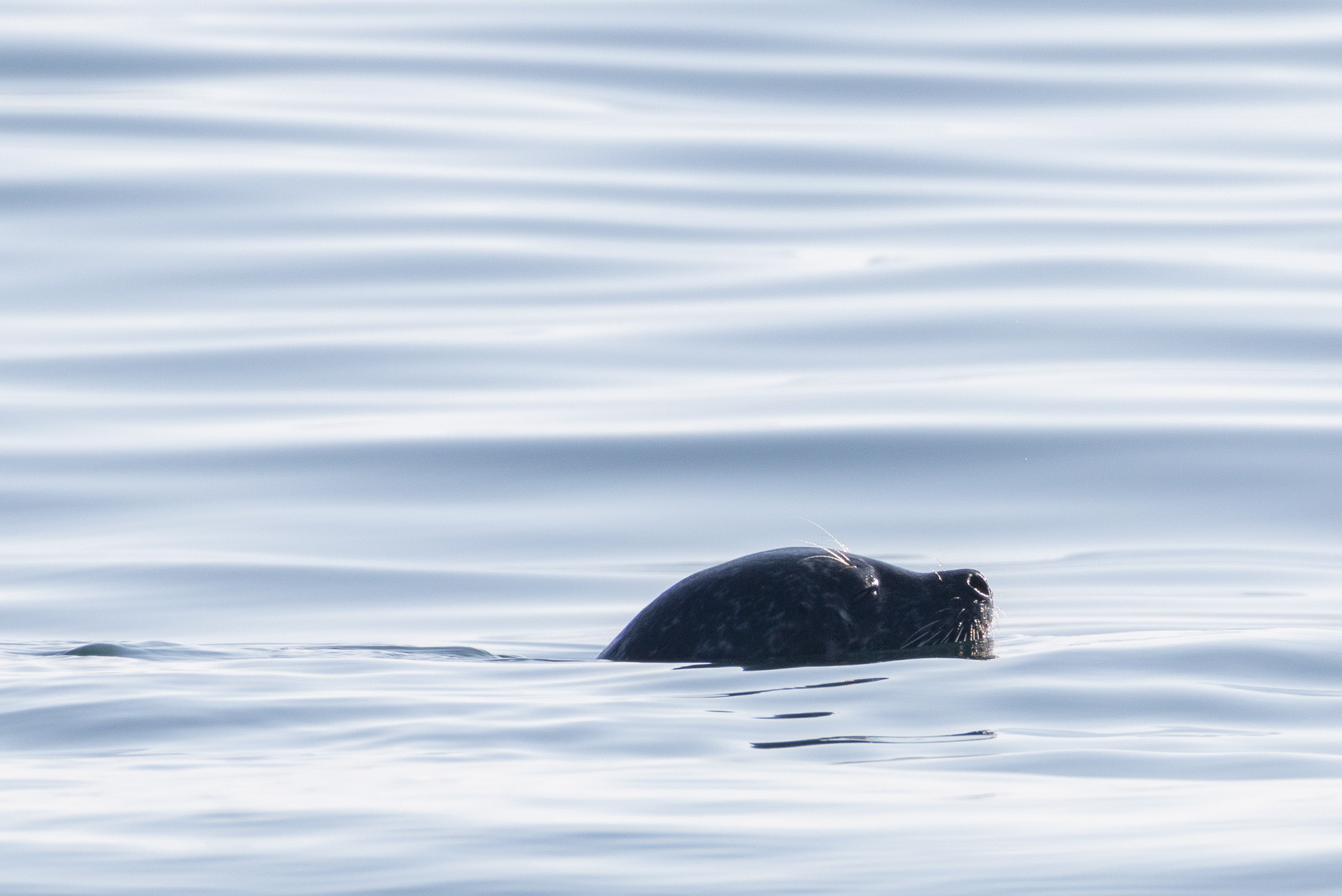
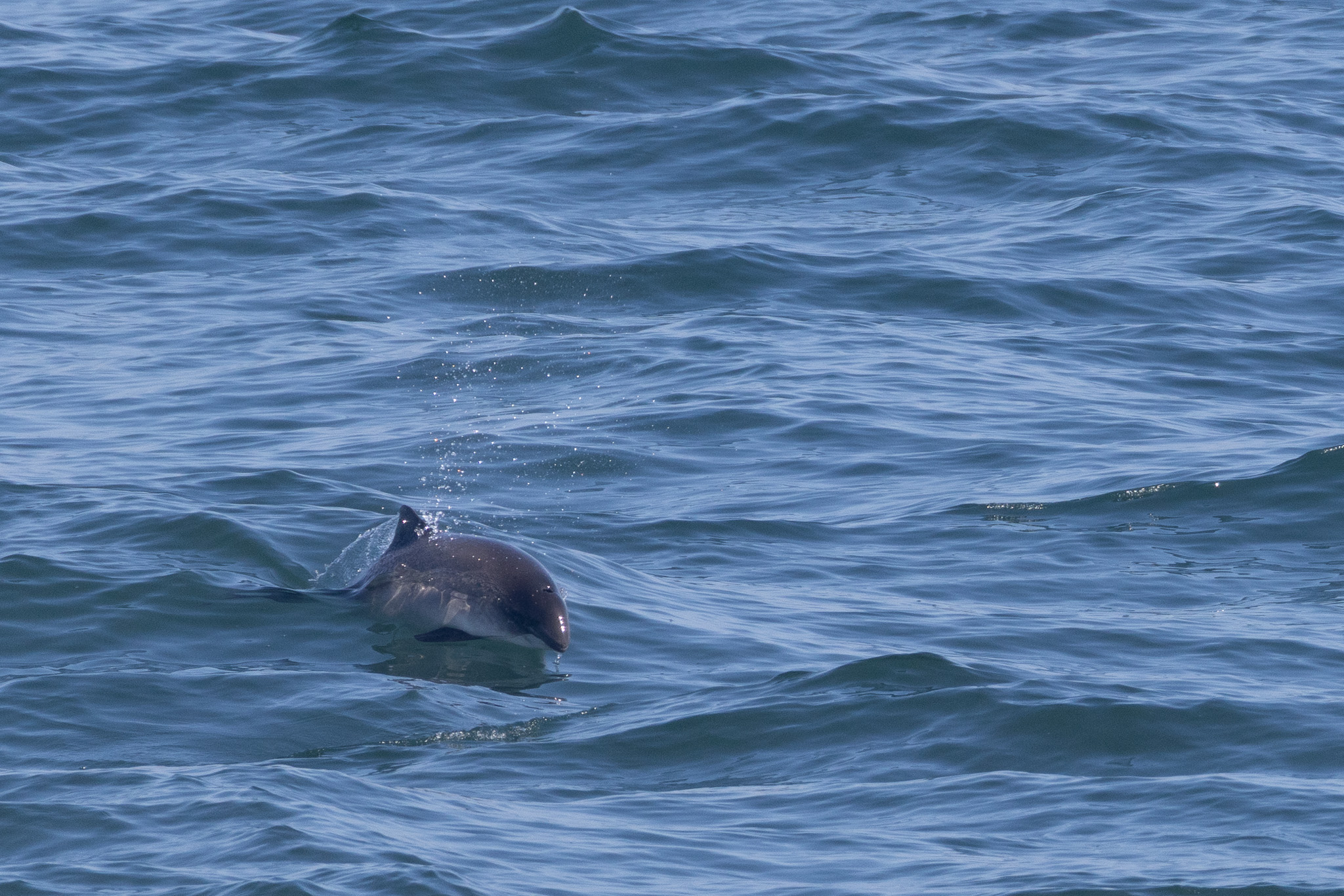
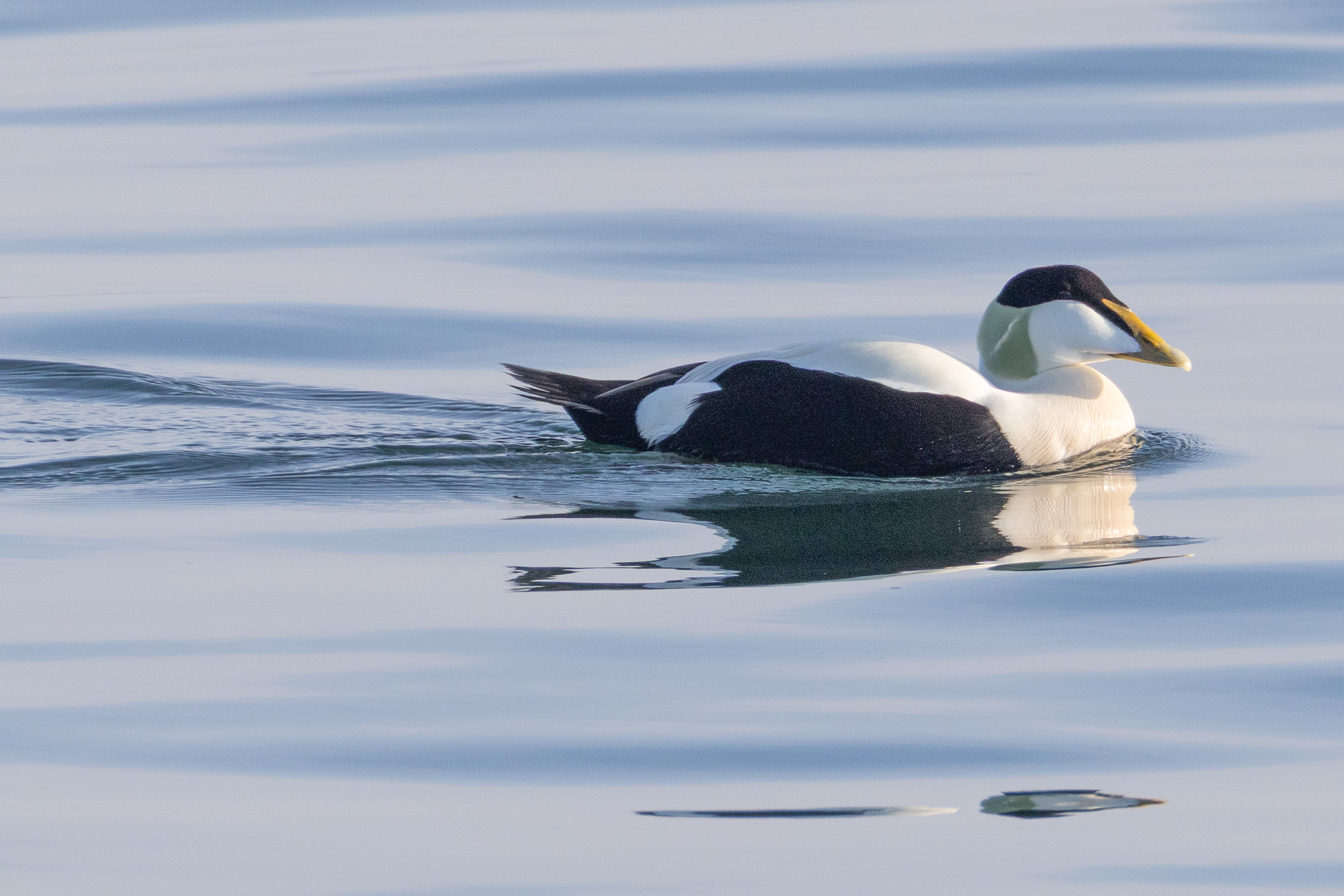
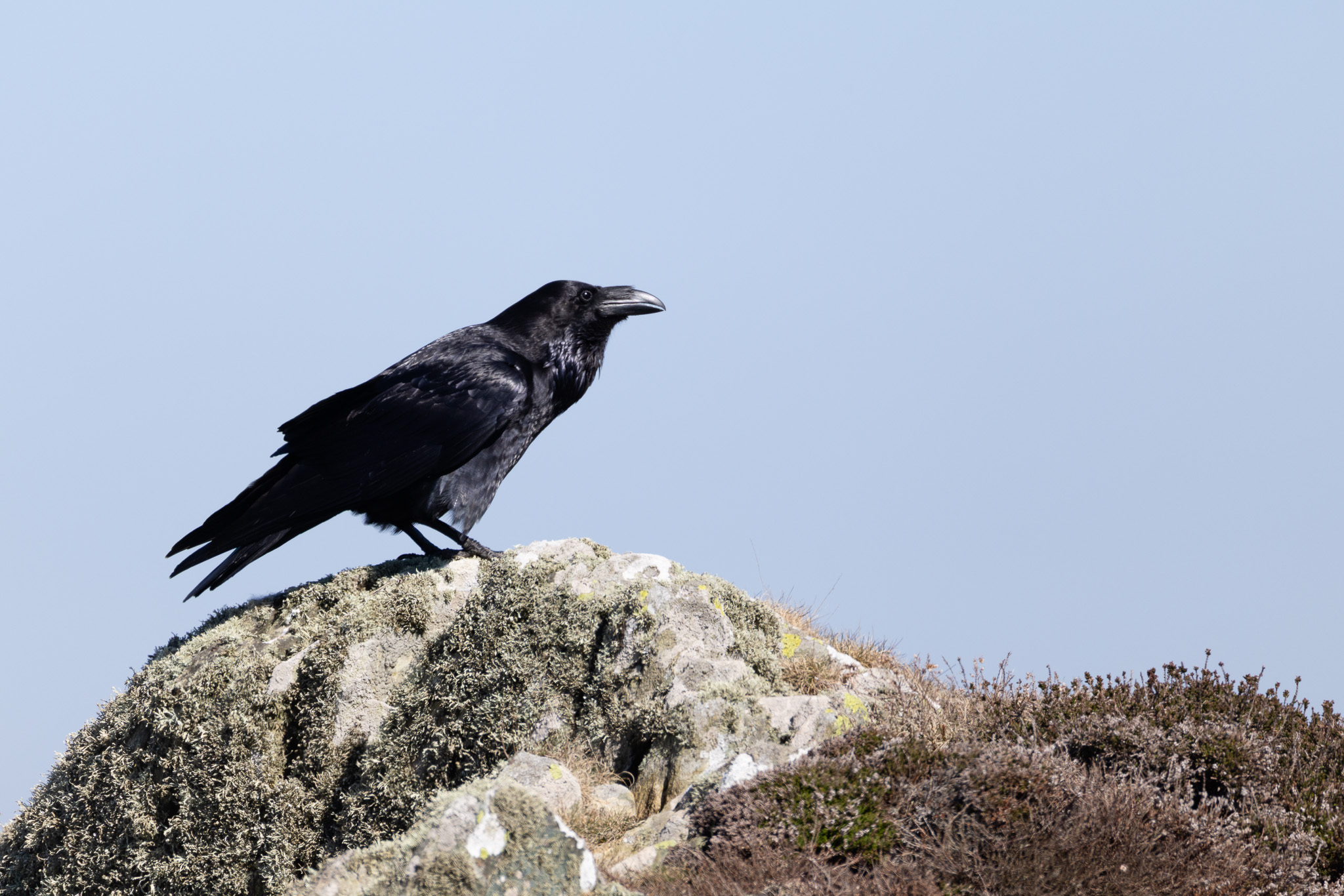
Even before I ordered the new camera gear, I realised the new lens would require a change in approach. This isn’t the sort of lens you attach to your camera and walk around with all day hanging from your neck. This is the sort of lens you lug to particular places intending to take particular types of photographs—in my case, wildlife photos.
Whenever I visit Anglesey, I spend several hours each day sitting on my favourite rock, gazing out to sea, waiting to see (and photograph) what comes along. I did the same this trip, but it soon became apparent it was impractical to keep my camera and lens permanently in my hands. After a while, I discovered a useful way of cradling them in the crook of my arm like a baby when not in use, but, as with babies, my arm soon began to tire. So I took to storing the camera and lens in my camera bag, whipping them out whenever I thought something interesting was about to happen.
This enforced new arrangement proved a revelation. Counter-intuitively, not having my camera permanently in my hands made me far more relaxed about missing special shots. I soon learnt to accept I was occasionally going to miss stuff. I even learnt to laugh (admittedly, in addition to swearing) when it happened. The local Sandwich terns, in particular, seemed to delight in diving into the sea right in front of me whenever the camera was stowed away in the bag, while refusing to come near when it was primed and ready in my hands.
The other surprising revelation with the new camera was the display-screen on the back. Unlike the screen on my previous camera, this one rotates. This allows you to photograph subjects from awkward angles when looking through the eyepiece isn’t an option. It also allows you to turn the screen round to face the camera for protection when not in use. One morning, I forgot to rotate the screen from its protective position, and re-discovered the long-forgotten delight of taking photographs without ‘chimping’—that is, without immediately checking them on the rear-screen to see how they turned out. No instant check. No instant gratification. No instant dismay. It was like photography used to be in the pre-digital days.
It was an unexpected delight.

Leave a Reply